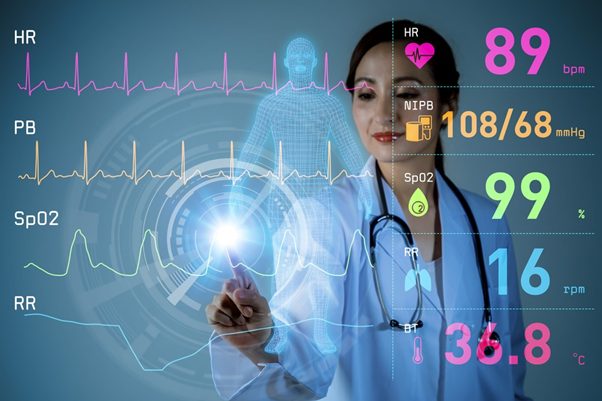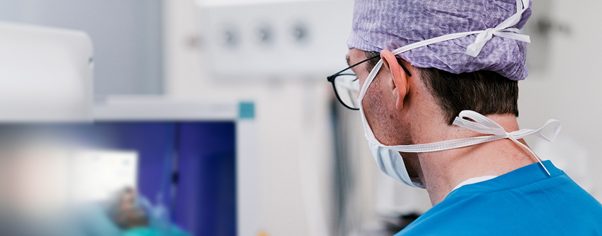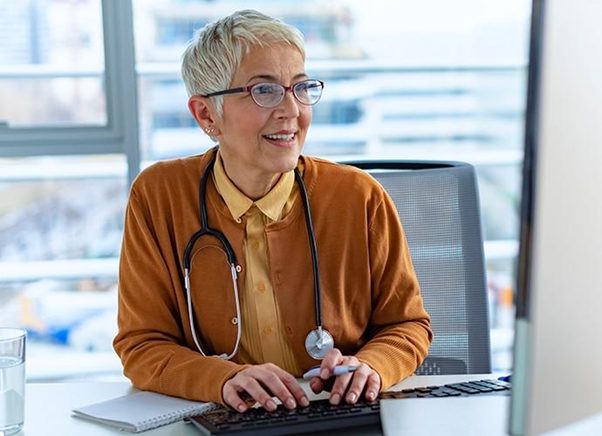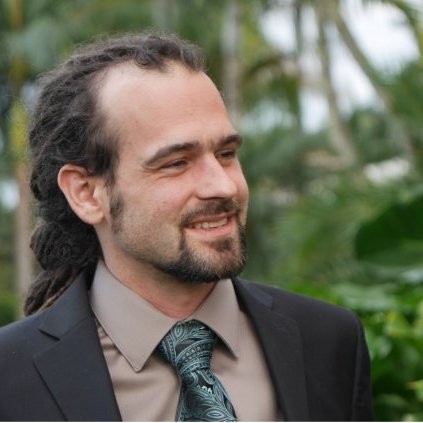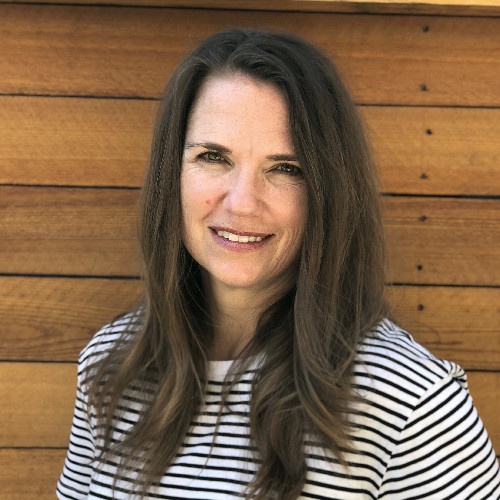Not Only At Home. The example of the pressure injury issue
Despite a growing emphasis placed on prevention pressure issues, for example, injuries continue to be among the most common preventable hospital-acquired conditions, and in the US they have been rising. To prevent pressure injuries, a widely used standard of care is to turn high-risk patients at least every two hours day and night. Adhering to these turn protocols is becoming even more of a challenge. The latest international guidelines for pressure injury prevention recommend that every patient be prescribed an individualized turning protocol based on each patient’s level of activity and ability to independently reposition.
With limited time, resources, and conflicting priorities, it can be an ongoing challenge for healthcare to maintain adherence to multiple rotating schedules. Measure turn, adequacy, and efficacy, and document all turn events. Studies have shown that despite their efforts, the staff is typically only able to keep up with turning schedules less than 50 percent of the time. This inability to keep up comes at a cost. Patients with hospital-acquired pressure injuries spend an average of nine and a half days more in the hospital and experience a higher risk of readmission compared to those without pressure injuries.
A simple reminder is a great preventive tool, and remote patient monitoring solution providers save lives nowadays. Modern solutions facilitate effective patient turning, improve quality of care, prevent pressure injuries, and bring efficiency and accuracy to patient turning documentation.
2022 Remote Care Changes And How They Affect You
The 2022 reimbursement rates for remote patient monitoring now are lower than in 2021. It is sad, but there are tips on how to face these changes and take advantage of them to help your business and your patients. How is it possible to offset these lower rates?
First, if you haven’t done chronic care management (CCM), you should do that. Enrolling RPM patients in CCM will make a significant difference.
You can also explore cost-effective patient monitoring solution alternatives. We always recommend cellular devices, high-tech devices that share ratings instantly. But there is new technology coming out that allows you to use patient apps and portals, that can be used on a smartphone or tablet, and you would simply purchase a license for them to measure vitals like blood pressure or oxygen saturation from home. The RMP device cost is much lower this way.
What does that mean for your patients? They still get peace of mind knowing that someone from their care team is monitoring their treatment progress and numbers. The remote patient monitoring solution program is still very well liked by your patients. And it is still generating revenue for your business as primary RMP codes pay over 100 USD a patient per month in the US, which is 1200 USD annually and over 300,000 USD annually in reimbursements for 250 RPM patients.
DevOps as a ServiceDevOps on autopilot
CTO as a ServiceStregthen your team
Software testingEnsure software quality
Discovery phasePlan your priduct from a to z
Cloud ServicesGeneral information about healthcare cloud services
Google Cloud ServicesEnsuring confidentiality when working with medical systems
AWS Cloud ServicesServices specially designed for the healthcare industry
Microsoft Cloud ServicesPlatform processing, analyzing and sharing medical data
